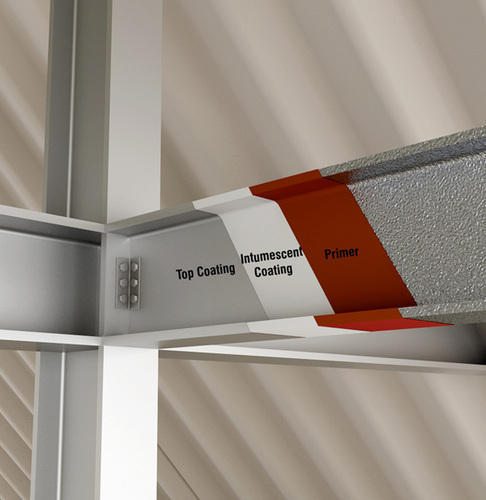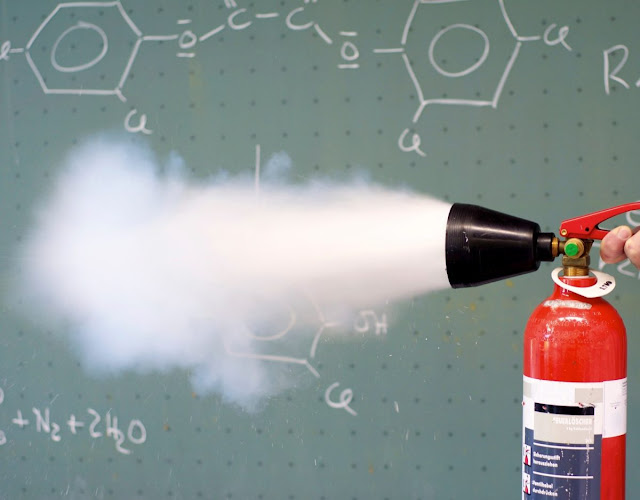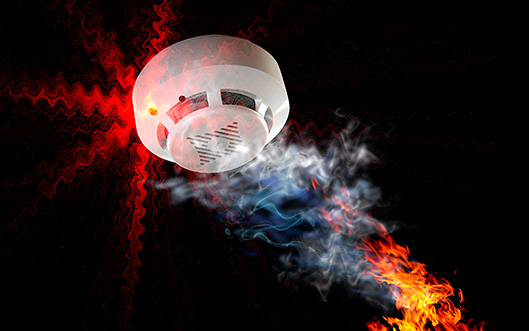Intumescent Paint vs. Cementitious Coating As Fireproofing!

Modern methods of passive fire protection typically fall under two categories: Lightweight cementitious coating, and intumescent paints. Each of these methods has its own advantages, disadvantages, and applications, but the progress of technology over the past few years has seen intumescent paints slowly take over from cementitious products as the primary method of fire protection. In this article, we’re going to discuss the pros and cons of each coating, and help you figure out which method you should adopt for your next construction project in the UAE. Cementitious Coatings Lightweight cementitious coatings originated sometime around the mid-20 th century when people were already using dense concrete as a means of fireproofing their structures. Dense concrete was excellent at increasing the fire rating of steel buildings, but its heavy weight posed far too many problems for designers at the time. Extra steel had to be provided throughout the structure to

